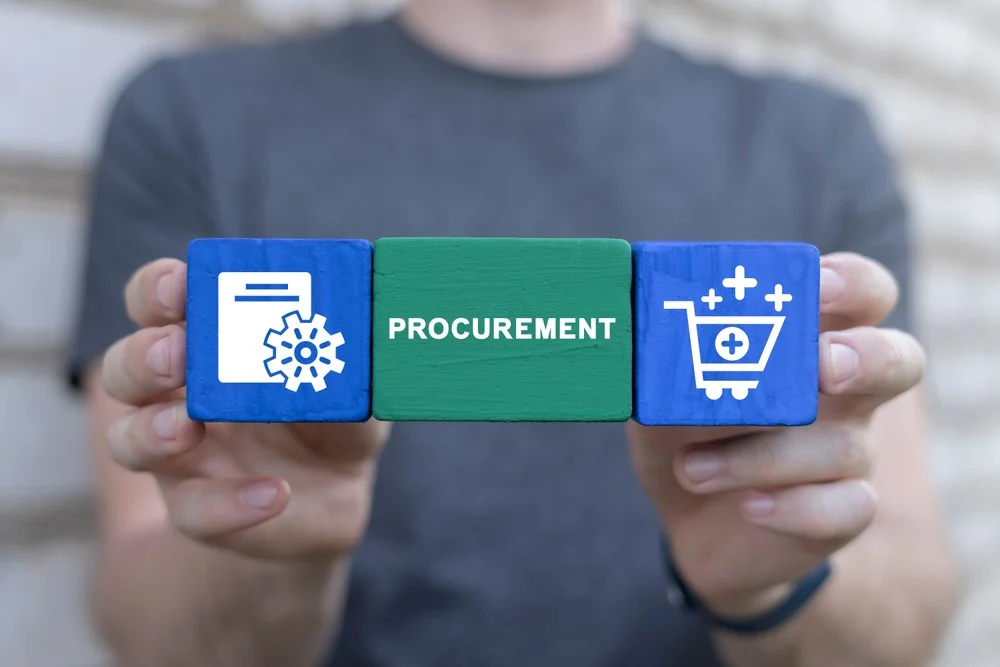Optimizing Purchasing, Tendering, and Supplier Selection Course
Introduction:
The Optimizing Purchasing, Tendering, and Supplier Selection course is designed to provide participants with a comprehensive understanding of how effective purchasing, tendering, and supplier selection contribute to customer satisfaction and supply chain efficiency.
Participants will gain insights into the advantages of effective purchasing practices and learn about the core components of purchasing management and supplier selection. The course caters to both novices and seasoned professionals, focusing on practical skills and advanced selection processes.
By attending, participants will enhance their procurement practices, improve supplier management skills, and refocus their purchasing strategies.
Objectives:
By the end of this course, participants will be able to:
- Identify and prevent procurement risks through a systematic action plan.
- Achieve optimal supplier performance using evaluation and performance appraisal.
- Comprehend and enhance the supply chain.
- Fortify supply chains for more resilient operations.
- Improve intra-operational relationships.
- Establish contracts that meet scope and standards.
- Engage confidently in negotiations.
- Understand and apply the basic elements of effective purchasing.
- Interact effectively with suppliers.
- Secure favorable agreements for the organization.
- Implement performance measurement systems for supplier improvement.
- Understand the key elements of a well-structured tender.
Training Methodology:
- Case studies
- Simulations
- Workshops
- Role plays
- Group discussions
- Interactive exercises
Course Outline:
Unit 1: The Role of Purchasing in the Company:
- The significance of purchasing in achieving organizational objectives.
- The purpose of purchasing within an enterprise.
- Mediation between parties and potential pitfalls.
- Understanding the purchase transaction and procurement process.
- Positioning the purchasing function in the organization.
- Aligning the purchasing function with the organization's vision, mission, and values.
- Designing the purchasing function for optimal efficiency and effectiveness.
- Analyzing factors for improvement in purchasing practices.
Unit 2: Developing the Purchasing Strategy:
- Internal cooperation to meet company needs.
- The importance of comprehensive purchase agreements with stakeholders.
- Defining needs and selecting purchasing courses.
- Supplier selection strategies and control of the selection process.
- Assessment criteria for pre-qualification of suppliers.
- Incorporating supplier selection into the procurement process.
- Meeting organizational requirements using market position.
- Utilizing quality management systems such as ISO 9000.
Unit 3: The Process of Supplier Selection and Performance Evaluation:
- Assessing supplier capabilities to meet organizational needs.
- Overall purchase management and supplier selection.
- Types of cost analysis.
- Estimating value propositions in purchases.
- Identifying hidden costs and their impact on purchasing decisions.
- Adopting life cycle costing techniques.
- Managing price indices to aid purchasing.
- Evaluating supplier performance to ensure compliance and efficiency.
Unit 4: Conducting a Tender and Assessment of the Bid:
- Evaluating process requirements and the tendering process.
- Classifying tendering types.
- Utilizing electronic commerce and auctions.
- Conducting bid analysis to identify advantageous bids.
- Reviewing contract terms and conditions.
- Ensuring standardized contract provisions for clarity and legality.
- Choosing appropriate cash management techniques.
- Reducing contract finalization time and managing contractor performance issues.
- Handling legal aspects if the contractor fails to deliver.
Unit 5: Negotiating the Contract and Preparing an Improvement Action Plan:
- Scope and methods of supplier management negotiations.
- Overcoming negotiation barriers and strategies to address them.
- Analyzing and choosing negotiation types based on the situation.
- Applying relevant tools throughout the negotiation process.
- Navigating various stages of negotiation successfully.
- Establishing do's and don’ts to enhance negotiation outcomes.
- Implementing pay-for-performance in business aspects.
- Identifying performance gaps in the purchasing department and developing action plans for improvement.


















